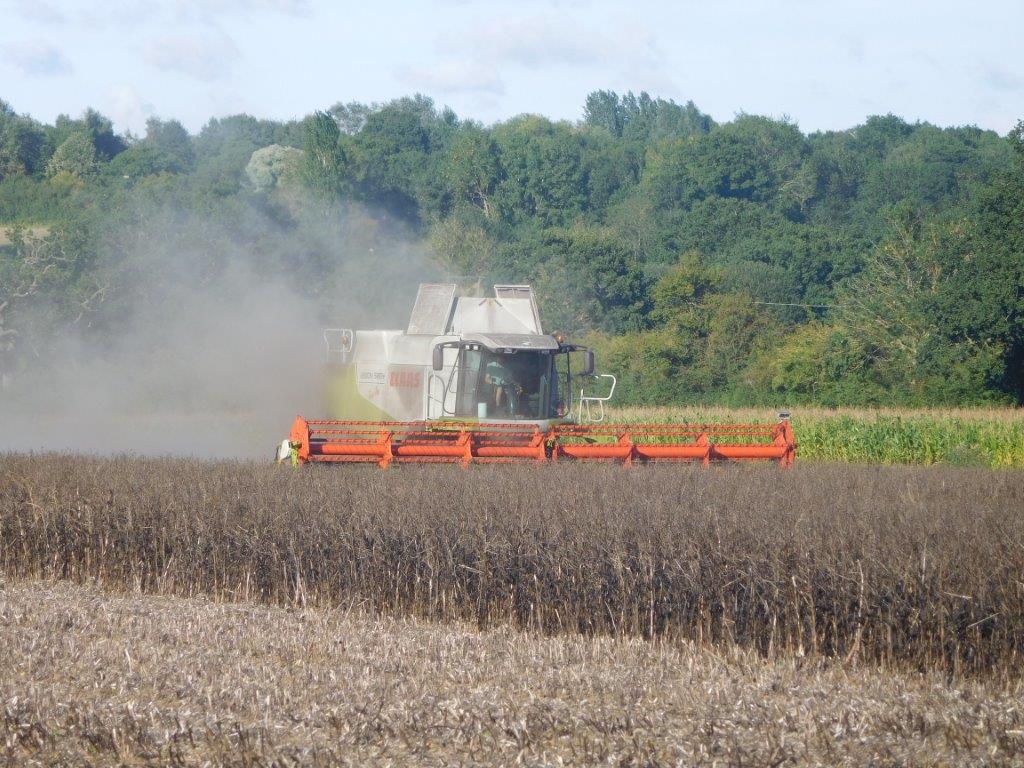The latest figures from Andersons Loam Farm model show that returns from the 2017 harvest are likely to be good for many cropping businesses. The prospects for the 2018 season also currently look reasonable.
To recap, Loam Farm is a notional business, located in East Anglia, which has been running since 1991 and tracks the fortunes of arable farming. It comprises a 600 hectare (1,480 acre) combinable crop farm running a simple rotation of milling wheat, WOSR, feed wheat, and spring beans. Of the cropped area, 240 Ha are owned and 360 Ha rented on FBTs. There is a working proprietor plus one full-time man and harvest casual. The table below shows the results for the 2015 and 2016 harvests, provisional figures for 2017 (some grain is still left to sell), and a budget for 2018.
| LOAM FARM MODEL – Source: The Andersons Centre | ||||
| £ per Hectare | Harvest 2015 (Result) | Harvest 2016 (Result) | Harvest 2017 (Budget) | Harvest 2018 (Forecast) |
| Output | 1,048 | 1,061 | 1,215 | 1,161 |
| Variable Costs | 431 | 421 | 395 | 408 |
| Gross Margin | 617 | 640 | 772 | 753 |
| Overheads | 404 | 394 | 414 | 418 |
| Rent and Finance | 243 | 242 | 243 | 242 |
| Drawings | 75 | 77 | 77 | 77 |
| Margin from Production | (105) | (73) | 86 | 16 |
| Basic Payment | 179 | 213 | 228 | 219 |
| Business Surplus | 74 | 140 | 314 | 235 |
Yields were at average levels for Loam Farm in 2017. But, due to higher selling prices, the output was much improved on the previous two years. Variable costs were down largely due to a dip in fertiliser prices. Overhead costs rose – partly as a result of higher fuel costs, but also because the cost of machinery has moved upwards. Even so, the business made a profit from its farming activity for the 2017 harvest. Add in a very favourable BPS payment, and the total business surplus is very good. In fact, this is the best overall return Loam Farm has seen since the 2012 year.
Whilst Loam Farm will not reflect the results of all businesses, it will be broadly indicative of the profitability of the sector. It is interesting that the figures paint a more positive picture than is found when talking to those in the cereals sector – very few are ‘talking up’ 2017 as being a particularly good year.
As the table shows, the prospects for 2018 currently look quite good, albeit down somewhat on 2017 largely as a result of cost increases.
